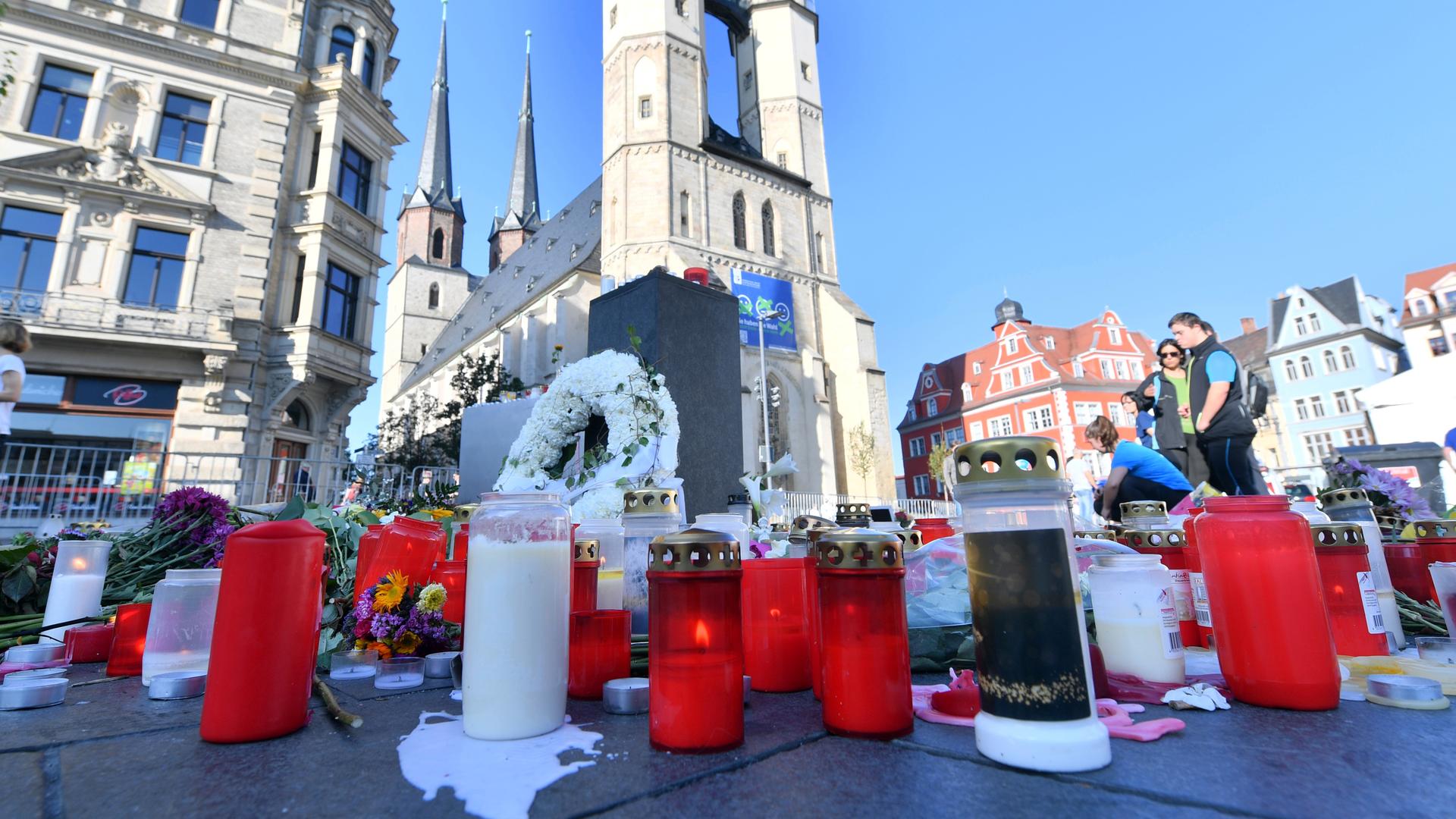The rise of right-wing extremism in Germany should give everyone cause for concern and authorities need to stop treating it like it can be easily swept under the rug.
When a right-wing extremist assassinated Walter Lubcke, a pro-refugee regional politician in June, Germany’s Foreign Minister Heiko Mass said his country had found itself in the midst of a neo-Nazi terrorism epidemic.
“Eighty years after the beginning of World War Two, politicians have again become victims of right-wing terrorists. Because of their beliefs. Because of their commitment to our country,” wrote Maas in an op-ed for The Bild.
If Maas’ observation needed an accompanying fire alarm, then it got one when a right-wing extremist attacked Jewish worshippers at a mosque in the city of Halle on the holiest day of the Judaism calendar – Yom Kippur – on October 9, leaving two people dead and two others injured.
German authorities have described the assault as an “anti-Semitic” terrorist attack carried out with a likely “right-wing extremist motive.”
Had worshippers inside the synagogue not heard the sound of gunshots coming from outside, giving them time to lock the entrance door, it’s likely the casualty count would’ve numbered in the dozens.
Neither the assassination of Lubcke nor the attack on the synagogue are anomalies or isolated incidents, but rather are part of a measurable upward trend in neo-Nazi violence.
According to the country’s domestic intelligence service (BfV), there are approximately 13,000 violent right-wing extremists in Germany today.
The word “violent” requires further emphasis here. It’d be worrisome enough were there 13,000 right-wing extremists in a country the size of Germany, but that authorities have identified such a large number of “violent” right-wing extremists is cause for alarm.
I mean, it’s easy to imagine the national freak out that would follow any Western government announcing it had identified 13,000 violent Islamic jihadists within its borders.
Although, counterterrorism and security officials agree the violent right-wing extremist movement has grown more radical and increasingly threatening in the past half-decade or so—partly as a reaction to an influx of refugees fleeing ongoing conflicts in the Middle East—the country has somewhat been asleep at the switch in coming to terms with what is now a neo-Nazi domestic terrorism crisis.
“It is clear that rightwing extremism has been underestimated,” Timo Reinfrank, managing director of a German foundation that engages against far-right extremism, told The Financial Times. “There is still a sense that the far-right scene can be kept under control. That [approach] has to stop.”
It’s hard to see how authorities missed this tidal wave coming, however, given 8,000 right-wing extremists marched openly in the streets of the east German city Chemnitz in August of last year, chanting, “Foreigners out,” “Get out of Germany, you Jewish pigs,” and “Knife Muslims” while giving Nazi salutes and “hunting” immigrants in the streets.
These chilling threats and violent acts speak to the fuel source that’s driving Germany’s neo-Nazi groups – the idea that one population is replacing another or what German’s call “Bevölkerungsaustausch.”
According to this conspiracy, a secretive Jewish cabal is leading the government to replace the Germans with Muslims, which mirrors the narrative espoused by Robert Bowers, the right-wing extremist who murdered eleven Jewish Americans at a synagogue in Pittsburg last year.
This conspiracy is having a deadly effect on Jews and Muslims in Germany, one that can be measured in terms of the following data points: Hate crimes against Jews spiked 20 percent in 2018, and 950 attacks were recorded against Muslims in 2017.
More chilling still is the fact that these anti-Semitic and Islamophobic conspiracies have now found a home in popular political discourse as evident by the rapid rise of the Alternative für Deutschland (AFD).
The AFD is a racist, xenophobic, and ultranationalist political party which doubled its vote tallies in the recent state-level elections securing 24 percent and 22 percent of the vote in two states, thus inching itself ever closer to the levers of power in the Bundestag.
“Empowered by that success, far-right activists have been able to channel the fears and discontent of voters and, often using social media, mobilise crowds that a few years ago would have been unthinkable,” Hajo Funke, a political scientist at the Free University of Berlin, told The New York Times.
In many ways, the AFD mimics the politics of US President Donald Trump; particularly in the way it strategically fixates upon immigrants, exaggerating their crimes, and promising voters the country will be made “great again” at such time the undesirable other has been jettisoned from the country.
This social Darwinian view of the world is not only espoused by neo-Nazis in the streets, and far-right political parties in the corridors of political power, but also is gaining traction within the country’s police and security forces. A recent report revealed right-wing activists linked to military and police personnel had begun preparing to carry out terrorist attacks, even going as far to compile a “death list” of leftist and pro-refugee activists, stockpiling weapons, body bags and quicklime to kill and dispose of their victims.
This revelation shocked a country that still has a great many people who remember the darkest days of the Nazi Party era. The attack on the synagogue in Halle on Wednesday has put an already on-edge country on high alert once more.
Author: CJ Werleman
CJ Werleman is a journalist, author, and analyst on conflict and terrorism.
Source










Discussion about this post